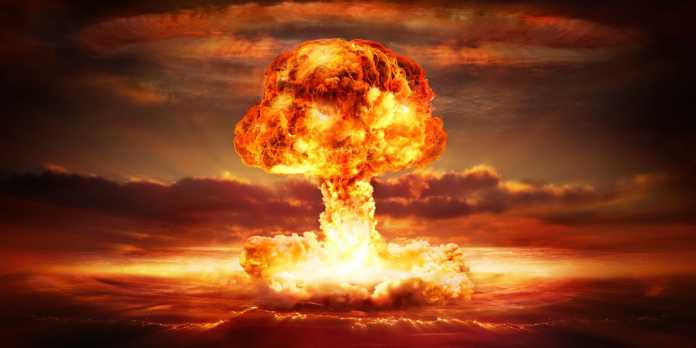The United States must recapitalize the nuclear triad and accompanying command-and-control system to continue to maintain deterrence into the future, Defense Secretary James N. Mattis wrote in the preface to the Nuclear Posture Review released today.
In one of his first acts as president, Donald J. Trump directed Mattis to conduct the review, last conducted in 2010.
Nuclear deterrence is based on having credible, effective and flexible systems in place to ensure no enemy miscalculates. The consequences of launching an attack on the U.S. or its allies would be catastrophic to any country launching a first strike.
A credible nuclear deterrent ensures the United States cannot be blackmailed by rogue countries and allows American diplomats to negotiate from strength, Mattis wrote in the foreword to the report.
Changing World
Since 2010, the world situation has changed dramatically. Great power competition has returned. Russia illegally annexed the Crimean Peninsula in 2014. China has sunk substantial resources into their nuclear forces and is pursuing new nuclear capabilities. North Korea has developed nuclear weapons and is working to mate that capability with intercontinental ballistic missiles. Iran’s nuclear program is on hold right now.
Modernizing the force does not lower the nuclear threshold, Mattis said. A credible, modern force ensures that even a limited use of nuclear weapons against the U.S. and its allies would be more costly to an adversary.
“This review comes at a critical moment in our nation’s history, for America confronts an international security situation that is more complex and demanding than any since the end of the Cold War,” Mattis wrote. “In this environment, it is not possible to delay modernization of our nuclear forces if we are to preserve a credible nuclear deterrent.”
The review calls for a flexible, tailored approach that keeps the United States well within treaty limitations. The review says replacement of the nuclear triad and the command and control system must be the priority for the department.
Modernizing the Nuclear Triad
The review finds the nuclear triad — intercontinental ballistic missiles, submarine-launched ballistic missiles and nuclear-capable aircraft — remains the best way to ensure deterrence. “The triad provides the president flexibility while guarding against technological surprise or sudden changes in the geopolitical environment,” Mattis said in the foreword. “To remain effective, however, we must recapitalize our Cold War legacy nuclear forces.”
These include replacing the current 400 Minuteman 3 missiles based in silos. The review also calls for replacing 450 ICBM launch facilities to support 400 missiles. Replacement should begin in 2029.
The Navy currently operates 14 Ohio-class ballistic missile submarines. They will be replaced by Columbia-class boomers, the first of which is scheduled to begin construction in 2021.
Finally, the Air Force currently has 46 nuclear-capable bombers split between B-2 stealth bombers and the venerable B-52 Stratofortress. These will be replaced by the B-21 Raider beginning in the mid-2020s.
These capabilities mean nothing if the command, control and communications systems are not also modernized.
“Maintaining an effective nuclear deterrent is much less expensive than fighting a war we were unable to deter,” Mattis wrote. “Maintenance costs for today’s nuclear deterrent are approximately three percent of the annual defense budget. Additional funding of another three or four percent, over more than a decade, will be required to replace these aging systems.”
No president wants to use nuclear weapons, he said, but having these terrible weapons are necessary in today’s uncertain environment. “Nuclear forces, along with our conventional forces and other instruments of national power, are therefore first and foremost directed towards deterring aggression and preserving peace,” the secretary wrote. “Our goal is to convince adversaries they have nothing to gain and everything to lose from the use of nuclear weapons.”
from Defense News by DefenceTalk.com http://ift.tt/2E6nyAi
via Defense News


No comments: